Kali Linux has been developed with a purely security approach since with its integrated tools it is reliable to execute hundreds of vulnerability tasks in a system and thus discard (or minimize) the powerful threats present in the day to day. Kali Linux is a Debian- based Linux distribution purely for security audit tasks and therefore it is ideal to keep its constant update because in many of these options we find news for:
An updated Linux system is more than fundamental since this will allow all the tests we run to be based on real situations and taking as criteria the threats that arise every day.
Recently, the Kali Linux 2020.1 version was released, being the next version with improvements, currently many users work with Kali Linux 2019.4 and to get an idea of ​​what this new version 2020.1 has, these are some of its novelties:
New features Kali Linux
- Kali NetHunter Rootless integration
- It is not a default root user, instead the standard kali user has been created to access
- Significant improvements in topics and Kali Undercove
- XFCE is the default environment instead of GNOME
- New Kali simple installation image
- Tools menu improvements and much more
Today TechnoWikis will explain the Kali Linux 2020.1 update theme in two different scenarios that are:
- Upgrade Kali Linux 2019.4 to Kali Linux 2020.1.
- Update Kali Linux 2020.1 with new updates available.
We also leave you the video tutorial to follow all the steps of the Kali Linux update..
To keep up, remember to subscribe to our YouTube channel! SUBSCRIBE
1. How to upgrade Kali Linux 2019.4 to Kali Linux 2020.1
The most natural thing when launching a new version of an operating system is to find a way to update the previous system, in this case Kali 2019.4, to the new one, remember something key and it is that being a new version of the system it is possible that they are presented certain execution failures so TechnoWikis advises you to create a backup on Linux before the whole procedure.
Step 1
To start the process, we will execute the following command to display the current version of Kali Linux:
cat / etc / os-release
Step 2
In this result we find details such as:
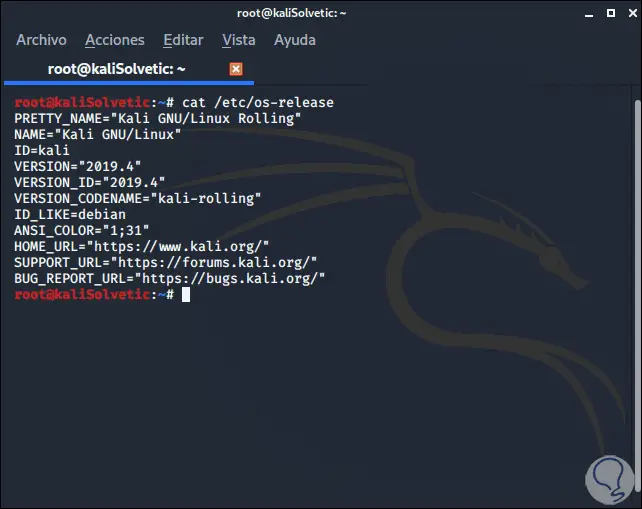
Step 3
After this we will update the system and its components by running:
apt-get update && apt-get -y full-upgrade
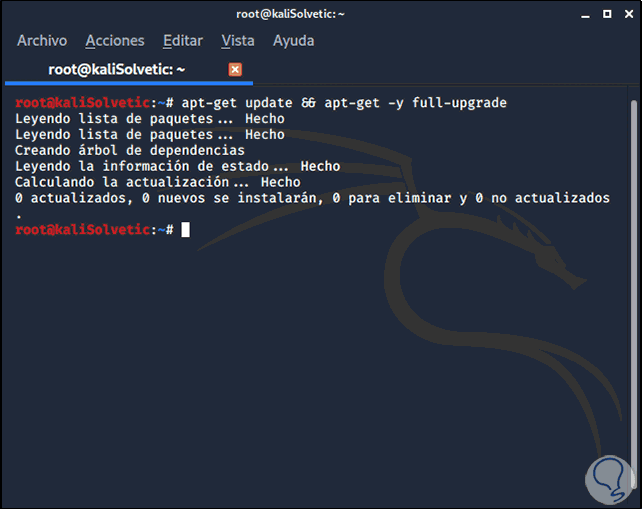
Step 4
Now we will go to the sources.list file as follows:
nano /etc/apt/sources.list
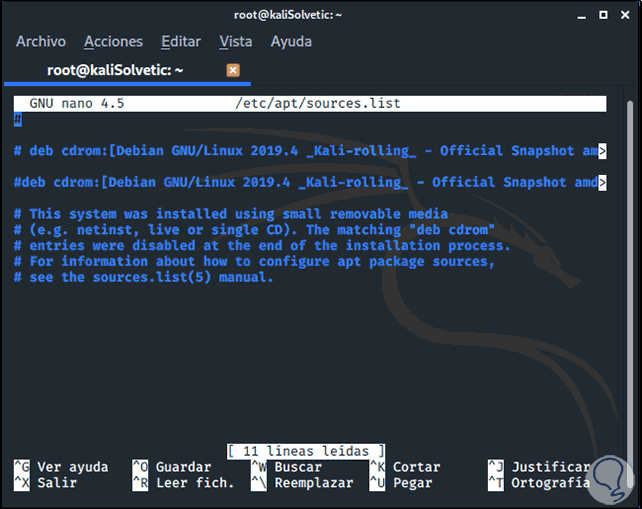
Step 5
There we will enter the following line to access the repositories:
deb http://http.kali.org/kali kali-rolling main non-free contrib
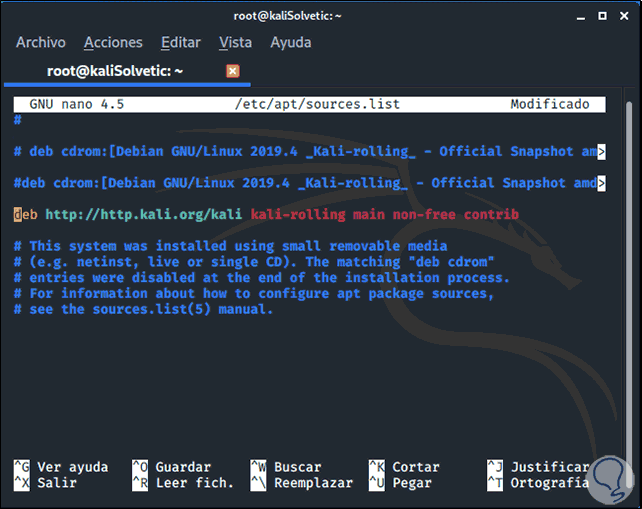
Step 6
We save the changes using the following key combination:
+ O Ctrl + O
We leave the editor using:
+ X Ctrl + X
Step 7
Once we process this we will execute the following order again:
apt-get update && apt-get -y full-upgrade
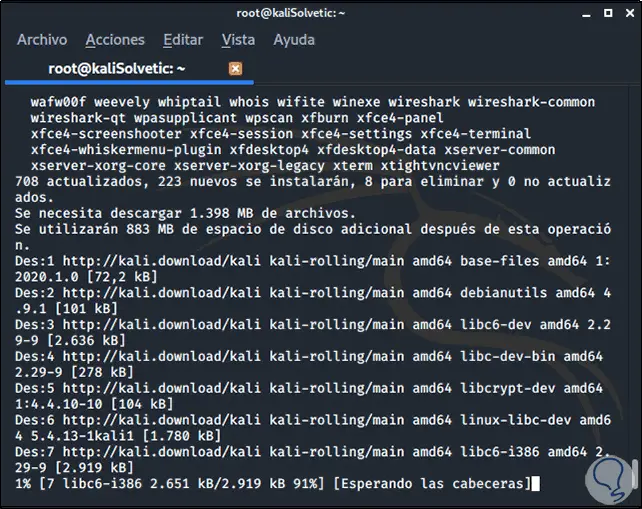
Step 8
There we must wait for the entire process to be completed, during this process we will see the following:
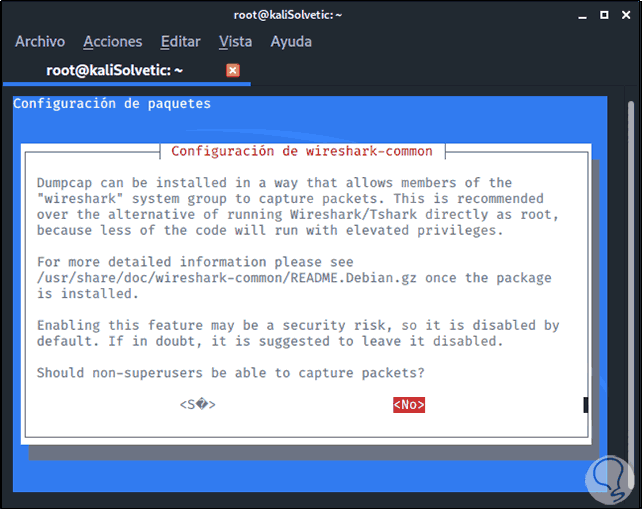
Step 9
This is an option that can affect the security of the system since it acts as WireShark for the capture of network packets, it depends on us if we enable it or not, the process will continue:
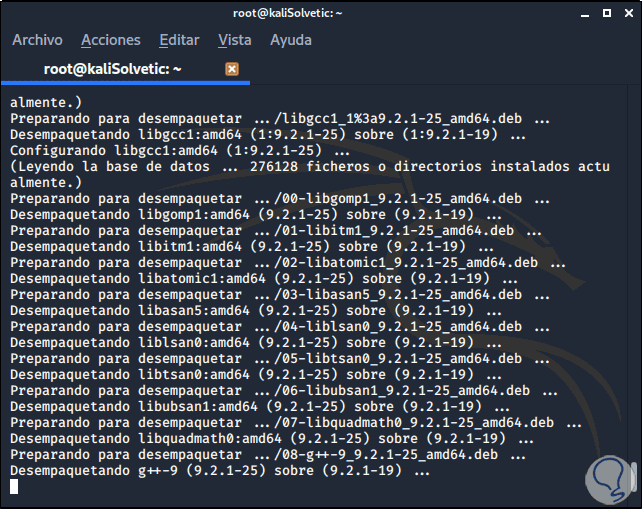
Step 10
When this comes to an end we will see the following:
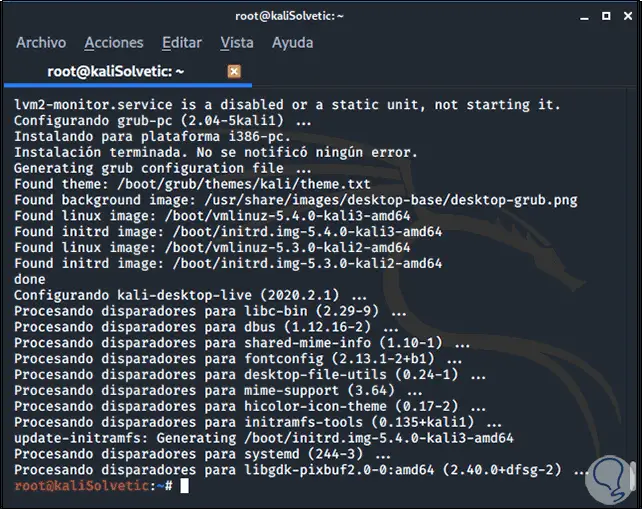
Step 11
We will restart the system by running the following:
shutdown -r now
Step 12
We wait for the team to be restarted to enter our credential:
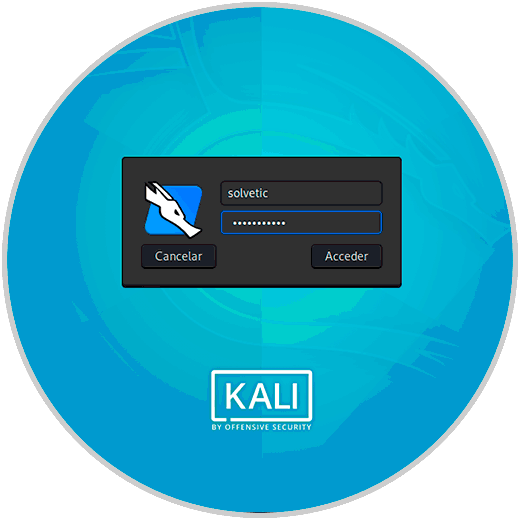
Step 13
Once we access, we execute the following command again to verify that the version has been updated:
cat / etc / os-release
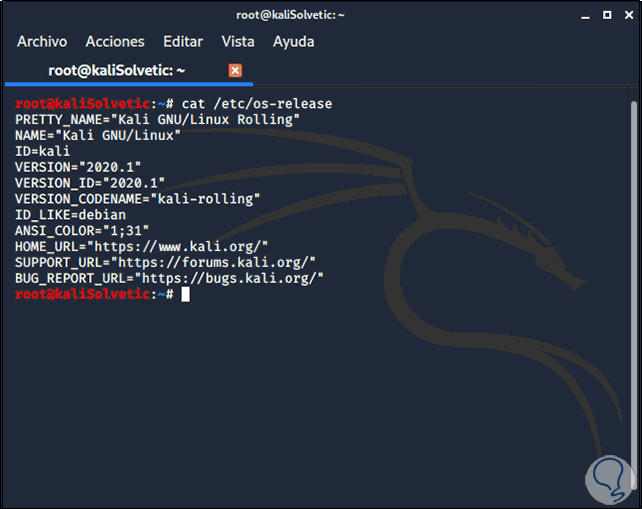
With this method we have updated the version of Kali Linux from 2019.4 to 2020.1.
2. How to update Kali Linux 2020.1
Finally we will explain how to update your Kali Linux 2020.1 system in search of new available updates.
Step 1
For this we go to the terminal and there we execute the following commands:
uname -r (lets see the kernel version and architecture) apt-get update (look for available updates)
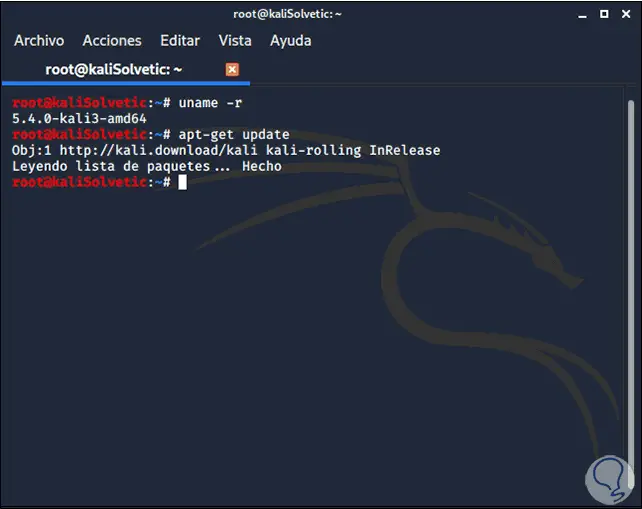
Step 2
After this, to apply the available updates (if they exist), we will execute the following:
apt-get upgrade
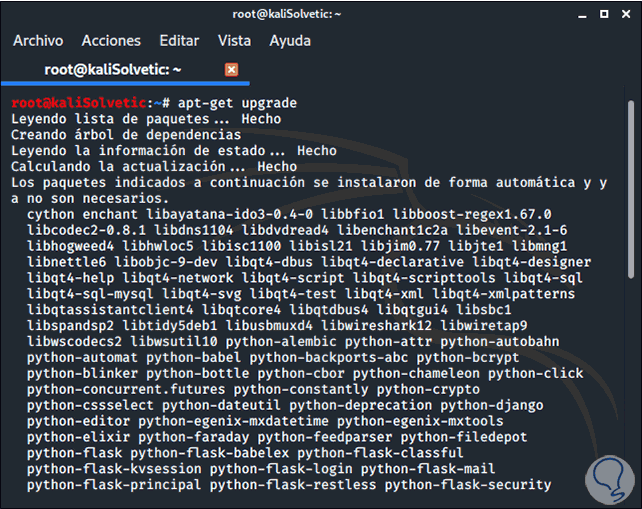
If there are updates, these will be downloaded and applied in Kali Linux remembering the importance of maintaining a secure system, from today you know how to upgrade to the new version Kali 2020.1 and look for updates..